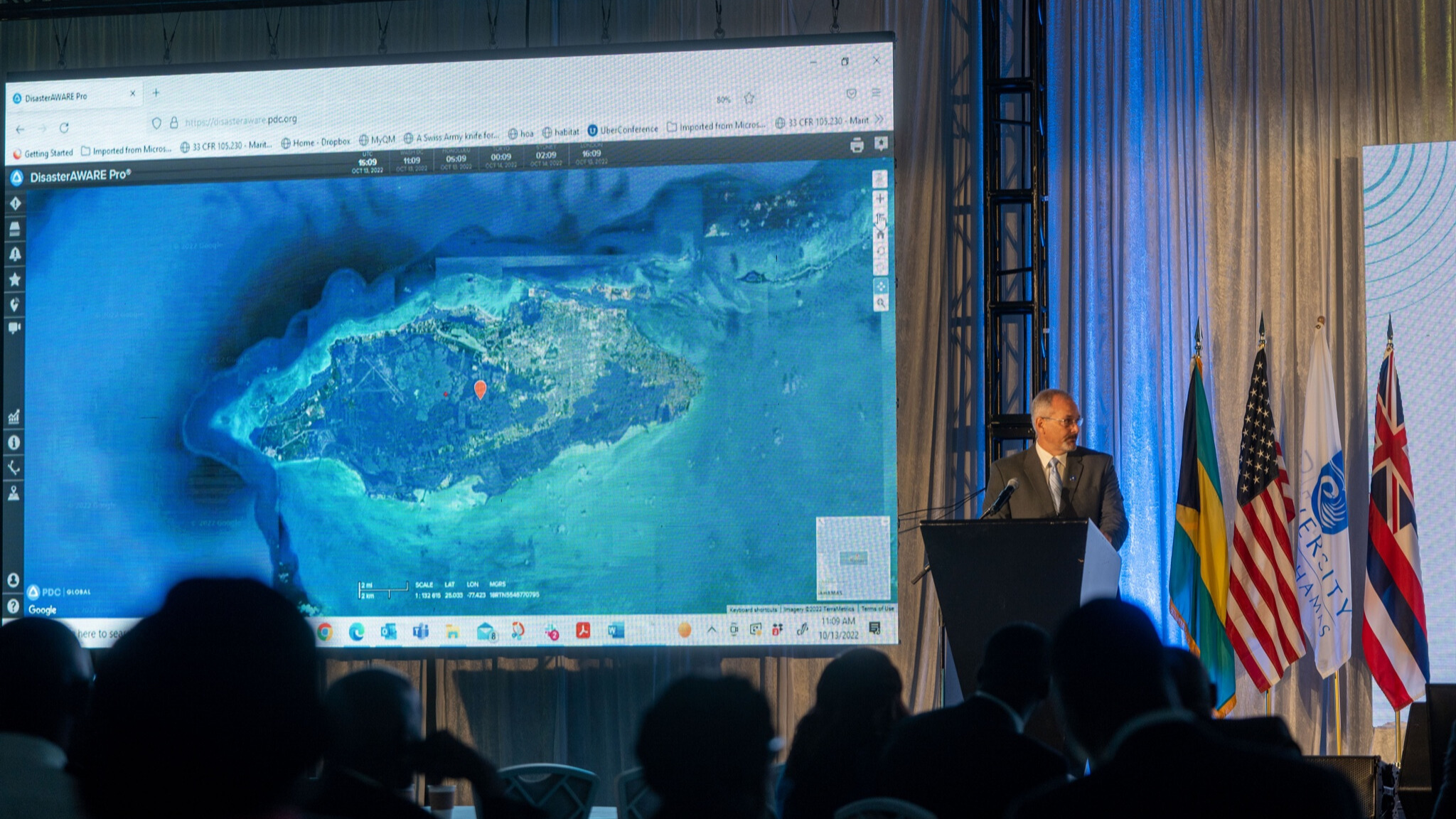What is climate change adaptation?
Adaptation refers to adjustments in ecological, social, or economic systems in response to current or anticipated climatic changes and their impacts. It encompasses changes in processes, practices, and structures to moderate potential damages or leverage opportunities arising from climate change. Essentially, countries and communities must develop adaptation solutions and implement actions to address both present and future climate-related impacts.
Adaptation measures can vary widely, tailored to the specific circumstances of communities, businesses, organisations, countries, or regions. There is no universal solution, as adaptation efforts may include constructing flood defenses, establishing early warning systems for cyclones, transitioning to drought-resistant crops, or reconfiguring communication systems, business strategies, and governmental policies. However, adaptation is a critical component of the long-term global response to climate change protect people, livelihoods and ecosystems. Countries should adopt a country-driven, gender-responsive, participatory, and transparent approach, taking into account vulnerable groups, communities, and ecosystems. Moreover, adaptation strategies should be informed by best available science and, as appropriate, traditional knowledge, knowledge of indigenous peoples and local knowledge systems, integrating adaptation considerations into socioeconomic and environmental policies and practices.
The key vulnerabilities in The Bahamas are water resources, forests, human health, agriculture, human settlement, disaster management, energy, tourism and coastal zones.
What are the key vulnerabilities of The Bahamas?
Loss & Damage in The Bahamas
Damage is defined in the assessment as a monetary estimation of the value of the physical assets partially or totally destroyed in each sector while losses are a monetary estimation goods that go unproduced and services that go unprovided during a period running from the time the disaster occurs until full recovery and reconstruction.
As the climate crisis intensifies, impacts might exceed the capacity of human and natural systems to adapt, and thus lead to unavoidable and in some cases irreversible outcomes and can be monetizable (e.g., loss of income and physical assets particularly in hurricanes Irma (2017) and Dorian (2019)) or include noneconomic losses (NELs), such as loss of biodiversity, territory, cultural heritage, and those related to the emerging issue of climate-induced human mobility (e.g. hurricane Dorian).
| Name of Hurricane | Active Dates | Category | Estimates of loss & damage (US$) |
|---|---|---|---|
| Joaquin | 28 Sep - 15 Oct 2015 | 4 | 120+ Million |
| Matthew | 28 Sep - 10 Oct 2016 | 4 | 600 Million |
| Irma | 30 Aug - 13 Sep 2017 | 4 | 135 Million |
| Dorian | 24 Aug - 8 Sep 2019 | 5 | 3.4 Billion |
Sources: NOAA, 2021; Bahamas Department of Meteorology, 2016; IADB, 2019; MOEH, 2018


